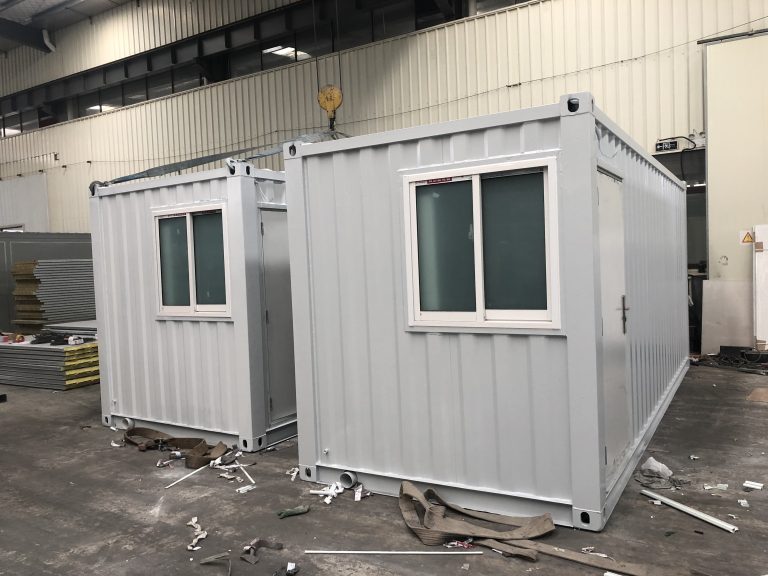How do coating treatments affect the properties and quality of metal materials?
Table of Contents
Benefits of Different Coating Treatments on Metal Materials
Coating treatments play a crucial role in enhancing the properties and quality of metal materials. These treatments involve applying a protective layer on the surface of the metal to improve its resistance to corrosion, wear, and other forms of degradation. Different types of coating treatments offer various benefits, depending on the specific requirements of the metal material and its intended application.
One of the most common coating treatments for metal materials is the application of a protective layer of paint or enamel. This type of coating provides a barrier against moisture, chemicals, and other environmental factors that can cause corrosion and deterioration of the metal surface. Paint coatings also offer aesthetic benefits, as they can be customized in terms of color and finish to suit the desired appearance of the metal material.
Another popular coating treatment for metal materials is the application of a thin layer of metal plating, such as chrome or nickel. Metal plating coatings provide excellent corrosion resistance and can also enhance the hardness and durability of the metal surface. These coatings are often used in applications where the metal material is exposed to harsh conditions or requires a high level of wear resistance.
In addition to paint and metal plating coatings, metal materials can also be treated with various types of chemical coatings, such as anodizing or conversion coatings. Anodizing is a process that involves creating a protective oxide layer on the surface of the metal through electrolysis. This type of coating treatment is commonly used on aluminum materials to improve their corrosion resistance and enhance their appearance.
Conversion coatings, on the other hand, involve chemically treating the metal surface to create a thin layer of a protective compound, such as phosphate or chromate. These coatings provide excellent adhesion for subsequent paint or metal plating coatings and can also improve the overall performance of the metal material in terms of corrosion resistance and wear resistance.
Each type of coating treatment offers unique benefits for enhancing the properties and quality of metal materials. Paint coatings are ideal for providing a decorative finish and protecting the metal surface from environmental factors. Metal plating coatings offer superior corrosion resistance and durability, while chemical coatings like anodizing and conversion coatings provide additional protection and performance enhancements.
Overall, coating treatments play a vital role in improving the properties and quality of metal materials, making them more durable, resistant to corrosion, and suitable for a wide range of applications. By choosing the right type of coating treatment for a specific metal material, manufacturers can ensure that their products meet the desired performance requirements and maintain their appearance over time.
Impact of Coating Treatments on the Quality and Durability of Metal Materials
Coating treatments play a crucial role in enhancing the properties and quality of metal materials. These treatments involve applying a protective layer on the surface of the metal to improve its resistance to corrosion, wear, and other forms of degradation. By altering the surface properties of the metal, coating treatments can significantly impact its performance and longevity.
One of the key benefits of coating treatments is their ability to enhance the corrosion resistance of metal materials. Corrosion is a major concern for metal components exposed to harsh environments, such as saltwater or acidic chemicals. By applying a corrosion-resistant coating, such as zinc or epoxy, the metal surface is protected from the corrosive agents, extending the lifespan of the component.

In addition to corrosion resistance, coating treatments can also improve the wear resistance of metal materials. Metal components that are subject to friction and abrasion can benefit from a wear-resistant coating, such as ceramic or diamond-like carbon. These coatings create a protective barrier that reduces the wear and tear on the metal surface, increasing its durability and longevity.
Furthermore, coating treatments can enhance the aesthetic appeal of metal materials. By applying a decorative coating, such as powder coating or anodizing, the metal surface can be customized to achieve a desired color, texture, or finish. This not only improves the visual appearance of the metal component but also provides additional protection against environmental factors.
Another important aspect of coating treatments is their impact on the thermal and electrical properties of metal materials. Certain coatings, such as thermal barrier coatings or conductive coatings, can alter the thermal conductivity or electrical conductivity of the metal surface. This can be beneficial for applications where heat dissipation or electrical conduction is critical.
Moreover, coating treatments can improve the adhesion and bonding properties of metal materials. By applying a primer or adhesion promoter before the coating process, the bond between the metal substrate and the coating layer is strengthened, ensuring better adhesion and durability. This is particularly important for applications where the metal component is subjected to mechanical stress or thermal cycling.
Overall, coating treatments have a significant impact on the properties and quality of metal materials. Whether it is enhancing corrosion resistance, wear resistance, aesthetic appeal, thermal conductivity, electrical conductivity, or adhesion properties, coating treatments play a crucial role in improving the performance and longevity of metal components. By choosing the right coating treatment for a specific application, manufacturers can ensure that their metal materials meet the desired performance requirements and quality standards.







